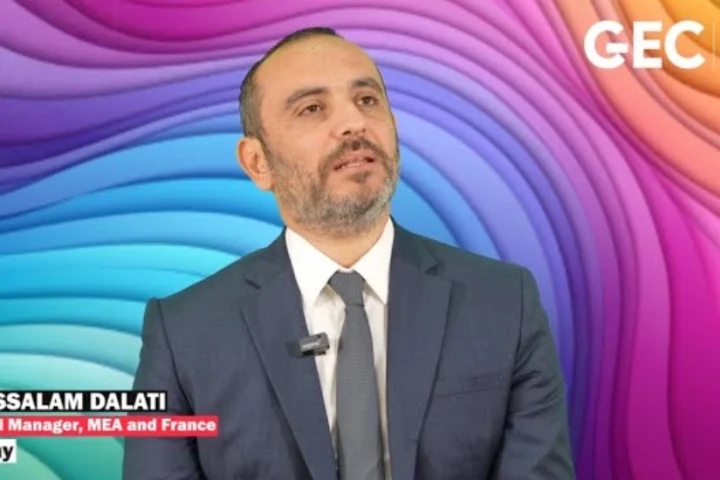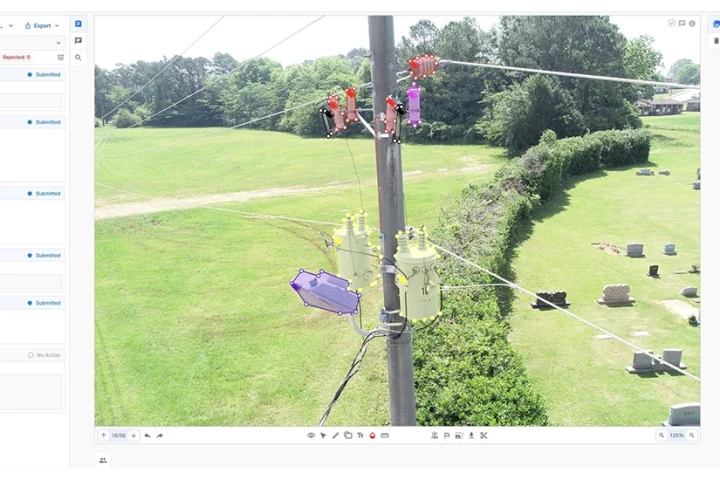With rising inflation costs and increasing customer expectations, delivering effective customer experiences is becoming more costly and time-consuming.
But this is not just a priority for customer-facing teams, IT teams also need to focus on how they can equip the organisation to deliver better customer experiences more efficiently.
Decreasing cost-to-serve cannot not come at the expense of customer experience
In order to deliver excellent experiences customers are expecting on the front-end, IT needs to ensure that the backend technologies and systems run smoothly. But trying to manage and scale a complicated customer service technology stack will only prove more difficult as the business grows.
Instead, IT teams need to evaluate how they can operate more efficiently to both reduce cost-to-serve and improve the quality of the experiences delivered.
Decreasing cost-to-serve cannot not come at the expense of customer experience. Being able to deliver experiences more efficiently will be of no benefit if these experiences are not helpful to customers.
Being able to deliver experiences more efficiently will be of no benefit if these experiences are not helpful to customers.
So here are a few ways IT teams can begin to increase internal efficiency and reduce customer service expenditures, without sacrificing the customer experience:
Empower customers
Digital self-service is key to decreasing cost-to-serve. Self-service is not only the preferred method for customer interactions, but also helps businesses save more than $7 per interaction for a B2C company and $13 for a B2B company.
Another critical process that can be improved with automation is onboarding
With self-service, customers are able to get the answers and information they need more quickly without needing to contact a sales representative. This approach enables customers to scale their customer service strategy more efficiently. So instead of relying solely on live channels, IT teams can leverage self-service to improve the quality and consistency of the experiences delivered, like making sure customers know where to find the products and information they need.
Accelerate with automation
Another effective way to reduce costs is to identify opportunities to automate processes. For example, many B2B organisations have complicated and lengthy ordering and approval workflows. Automate and accelerate this process to both save time for the business and the customer.
Onboarding customers is incredibly important
Another critical process that can be improved with automation is onboarding. Onboarding customers is incredibly important, as the success of onboarding will play a key role in whether the customer decides to stay or not.
However, B2B onboarding takes roughly three months and involves 4-6 different tools. It is no wonder customers are having a difficult time onboarding and getting started quickly.
Success of onboarding plays a key role in whether the customer decides to stay or not
With automation, businesses can accelerate many of the forms, processes, and workflows needed to onboard customers properly.
Provide a single solution
These different cost-saving tools will become costly to manage and difficult for customers to navigate. Bring everything together under a single solution to resolve both of these problems.
With a unified customer portal, businesses are able to deliver a single, secure solution for customers to access the content, information, and processes they need. Customers can quickly find what they need without having to go through different touchpoints.
B2B onboarding takes roughly three months and involves 4-6 different tools
Additionally, unifying systems and applications together makes it easier for businesses to manage and update. Instead of managing an unruly customer service tech stack, businesses can save time and effort by delivering an effective customer portal.
While delivering excellent customer experience should be a business’s main priority, it does not need to be your main expense. With the right strategy and tools in place, you can provide the experiences your customers are looking for more efficiently.
Here are three ways IT teams can cut costs without sacrificing the quality of customer experience being delivered for B2B and B2C customers.
























